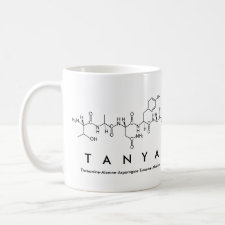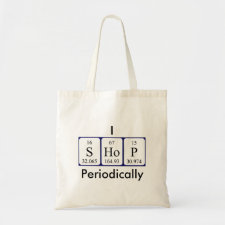
Authors: Sergeyeva TA, Matuschewski H, Piletsky SA, Bendig J, Schedler U, Ulbricht M
Article Title: Molecularly imprinted polymer membranes for substance-selective solid-phase extraction from water by surface photo-grafting polymerization.
Publication date: 2001
Journal: Journal of Chromatography A
Volume: 907
Issue: (1-2)
Page numbers: 89-99.
DOI: 10.1016/S0021-9673(00)01053-0
Alternative URL: http://144.206.159.178/FT/553/31374/542598.pdf
Abstract: Hydrophilized polyvinylidene fluoride microfiltration membranes were surface-modified in the presence of a template (terbumeton) in methanol with a graft copolymer of a functional monomer (2-acrylamido-2-methyl-1-propane sulfonic acid, AMPS, methacrylic acid, MAA, or acrylic acid, AA) and a cross-linker (N,N'-methylene-bis-acryiamide) using UV irradiation and benzophenone as photoinitiator. As result, membranes covered with a thin layer of imprinted polymer selective to terbumeton were obtained. Blank membranes were prepared with the same monomer composition, but in the absence of the template. The membranes' capacity to adsorb terbumetone from aqueous solution was evaluated yielding information regarding the effect of polymer synthesis (type and concentration of functional monomer, concentration of cross-linker) on the resulting membranes' recognition properties. UV spectroscopic studies of the interactions with terbumetone revealed that AMPS forms a stronger complex than MAA and AA. In agreement with that finding, imprinting with AMPS Save higher affinities than with MAA and AA. The terbumeton-imprinted membranes showed significantly higher sorption capability to this herbicide than to similar compounds (atrazine, desmetryn, metribuzine). With the novel surface modification technology, the low non-specific binding properties of the hydrophilized microfiltration membrane could successfully be combined with the receptor properties of molecular imprints, yielding substance-specific molecularly imprinted polymer composite membranes. The high affinity of these synthetic affinity membranes to triazine herbicides together with their straightforward and inexpensive preparation provides a good basis for the development of applications of imprinted polymers in separation processes such as solid-phase extraction. (C) 2001 Elsevier Science B.V. All rights reserved



Join the Society for Molecular Imprinting

New items RSS feed
Sign-up for e-mail updates:
Choose between receiving an occasional newsletter or more frequent e-mail alerts.
Click here to go to the sign-up page.
Is your name elemental or peptidic? Enter your name and find out by clicking either of the buttons below!
Other products you may like:
 MIPdatabase
MIPdatabase









